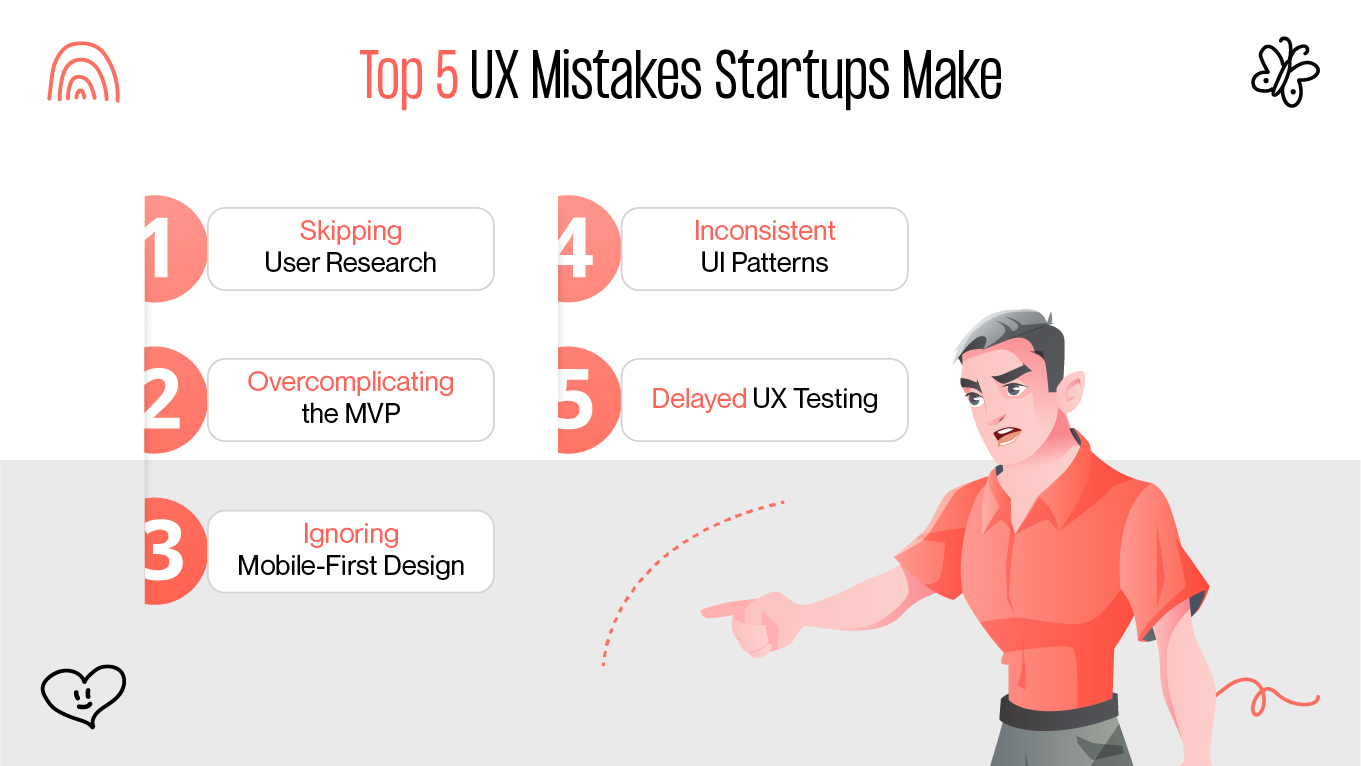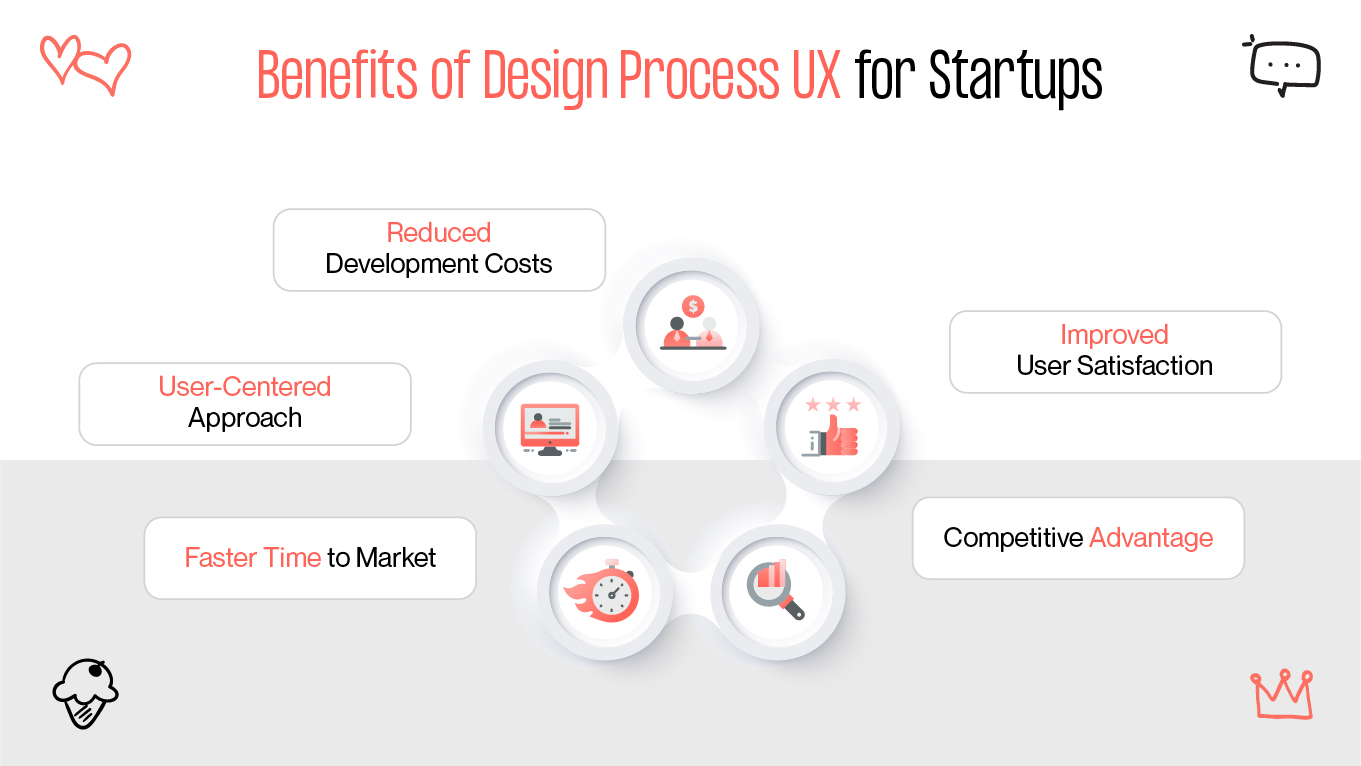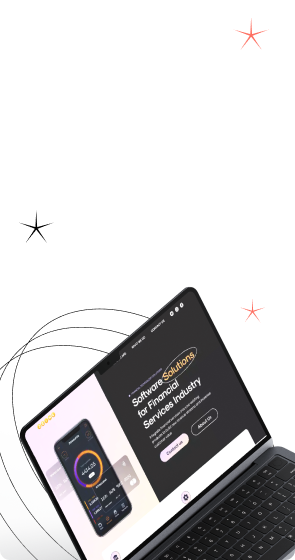User experience (UX) refers to the overall experience a person has when interacting with a product or service, how intuitive, efficient, and enjoyable it is to use. For startups, especially in the early stages, UX is more than just good design. It's about delivering real value in a way that users understand, trust, and come back to.
A strong UX can drive:
- Growth by reducing friction in onboarding and product use
- Retention by keeping users engaged and satisfied
- Product-market fit by aligning the product with real user needs
Yet many startups skip UX in the rush to ship fast and impress investors. They focus on building features, not experiences. And that can be fatal.
“Every $1 invested in UX design yields a return of $100 (ROI = 9,900 %).” – Forrester Research. [1]
That number is hard to ignore. A user-centered product isn’t just nice to have, it’s a business advantage.
In this article, we’ll explore the top startup UX mistakes, show how poor UX can kill growth, and explain how to fix these issues before they turn into expensive problems.








